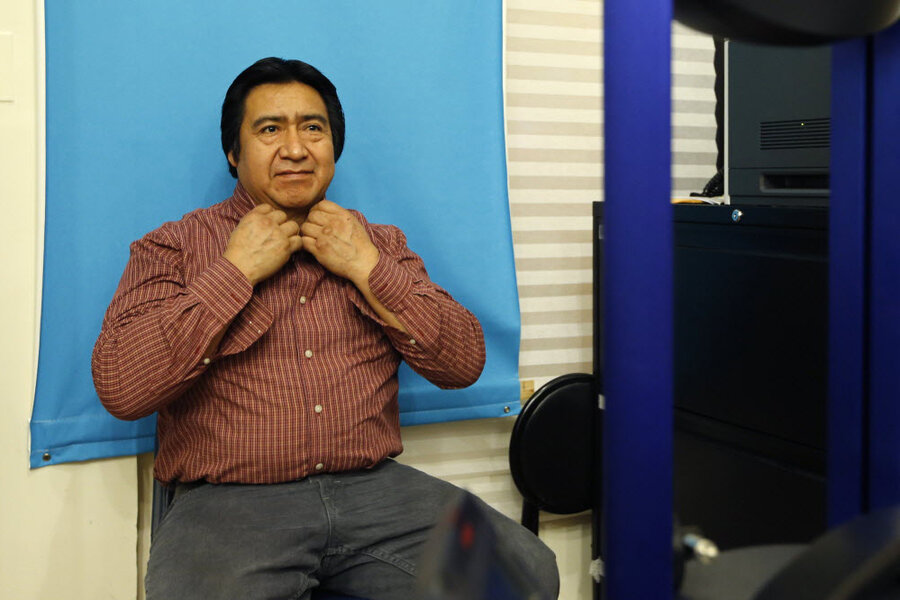Popularity of NYC ID program has officials scrambling to keep up
Loading...
| New York
A municipal ID program that city officials thought would draw a few hundred thousand people in its first year has been much more popular than anticipated, with New Yorkers waiting hours in line and months for appointments to register.
City officials have scrambled to keep up with the demand as residents have made more than 260,000 appointments in just the first month since the city IDs became available. In the first couple of days before the online system was up, people waited hours for their turn.
"To see this kind of response ... is remarkable in a positive way and I think has a lot of lessons to teach us," said Nisha Agarwal, the city's commissioner for immigrant affairs.
The card, dubbed IDNYC, was approved last year. It is aimed at those who do not currently have a government-issued ID, including the elderly, homeless and an estimated 500,000 immigrants in the city who live in the U.S. without legal documentation. Cardholders are eligible for free memberships at many of the city's signature cultural institutions as well as other discounts.
The program's success since its launch caught the city off guard and prompted complaints. Officials hustled to add more processing centers to reduce the waiting time for appointments, which in some sites around the city still extends into the summer months. More than 30,000 people have already received their cards and more are waiting for them to come in the mail.
Agarwal said the city followed the example of cities like San Francisco when it started the ID program, but figured that that if other places had about 1 percent of their eligible population sign up, New York City would see about two or three times that per year. Officials expected some hesitance among immigrants and other populations without legal documentation.
"In the lead up to the launch of the card, we heard many advocates say that individuals may be nervous about stepping forward and interacting with the government," Agarwal said.
Those worries didn't stop Melida Guevara, an immigrant from Honduras, who plans to use her new card to send money to relatives back home. "This is really useful for all of us," she said through a translator at a Queens community organization where a constant flow of people were either coming for their appointments or coming by to make them. "It is better to have this ID than to have an ID from my country," she said.
The card's host of benefits have also been appealing for city residents who have identification, a broader buy-in that advocates said is necessary for the program to succeed.
"I thought it was a great idea to have something that identified you as a New Yorker," said Leslie Kiss, standing in line recently at the Mid-Manhattan branch of the New York Public Library for her appointment, which she made in mid-January. She liked the idea of museum discounts. Plus, the 70-year-old said she was planning on giving up her driver's license soon, and figured this would be a good replacement ID.
Janet Mayer has to wait until June, and isn't thrilled about it. "I think the way it was done was very haphazard," the 71-year-old said. She thought the city didn't anticipate enough how the benefit package would make more people want it.
"It made it all that more enticing for everybody," she said. "It was a good idea done terribly."
New York City made an effort to make the card something that all residents could benefit from, said Dan Coates, lead organizer at the community organization Make The Road New York. He pointed to steps like the New York Police Department officially recognizing the ID, as well as institutions like the Metropolitan Museum of Art and the American Museum of Natural History offering free memberships.
"This is what it means to design a successful program that people actually want," he said.
The city also made sure people know about the cards, with subway and cab advertisements. The sites where people can get them include familiar places like library branches and city offices.
"We want it to sort of be the passport to New York City for everyone," Agarwal said.
She said officials don't expect the number of people applying for it to remain at current levels in perpetuity, but would be keeping an eye on it to make sure resources matched demand.
"I would be very surprised if we hit eight million in one year, but anything's possible," she said.







